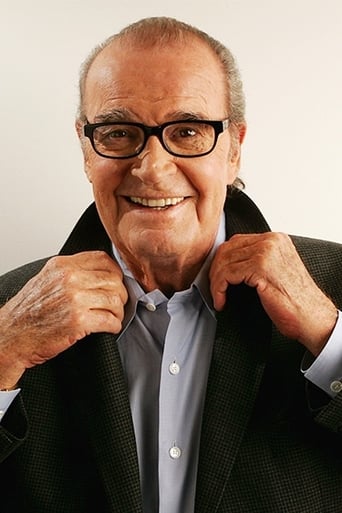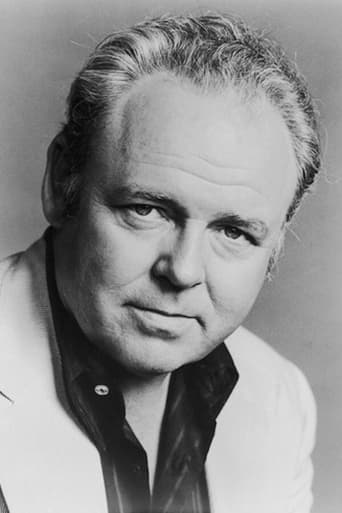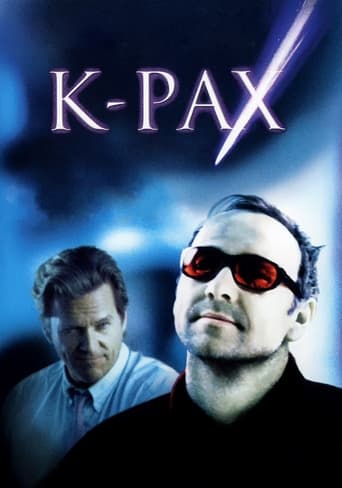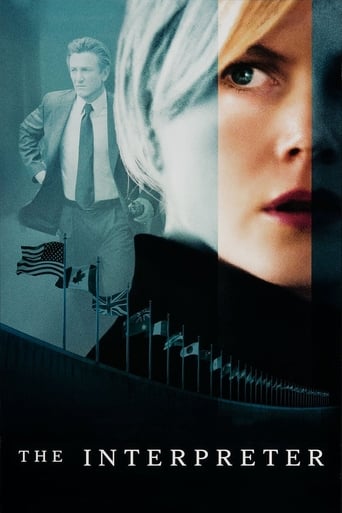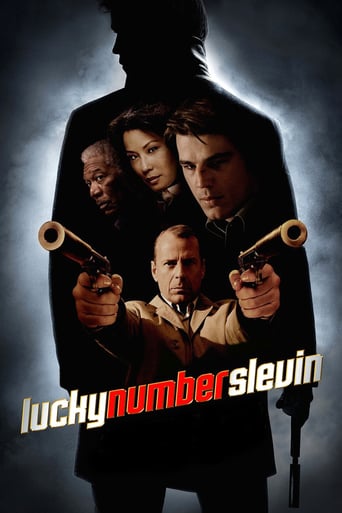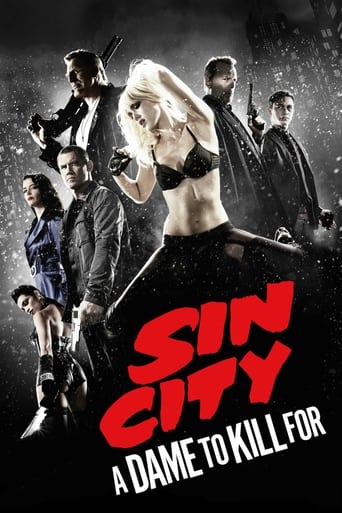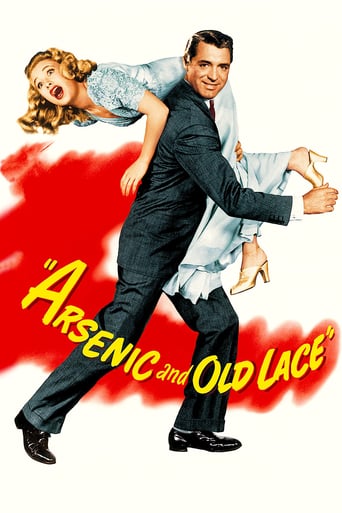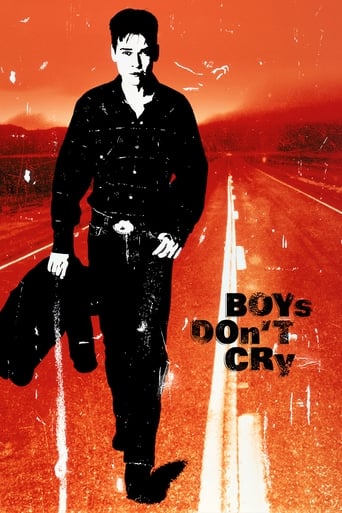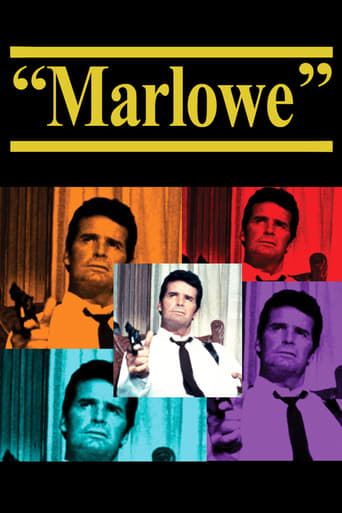
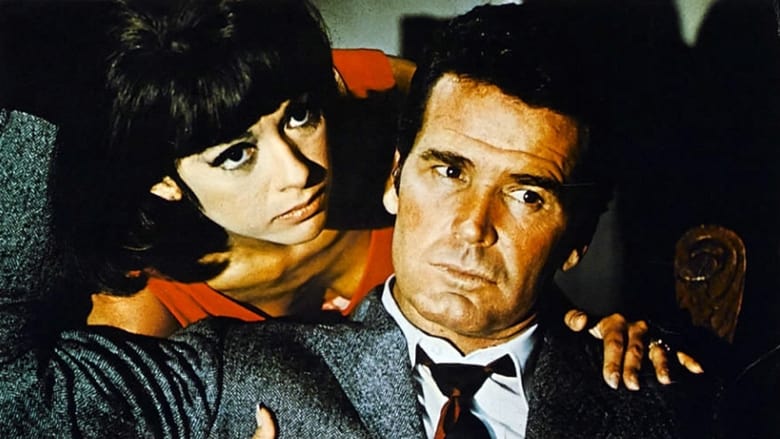
Marlowe (1969)
Mysterious Orfamay Quest hires Los Angeles private investigator Philip Marlowe to find her missing brother. Though the job seems simple enough, it leads Marlowe into the underbelly of the city, turning up leads who are murdered with ice picks, exotic dancers, blackmailed television stars and self-preserving gangsters. Soon, Marlowe's life is on the line right along with his case.
Watch Trailer
Cast
Similar titles
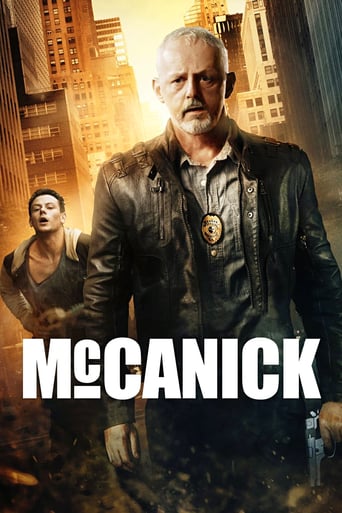
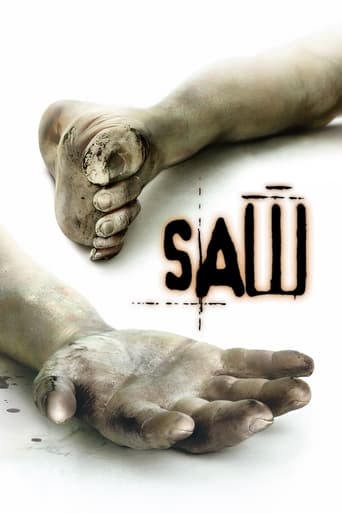
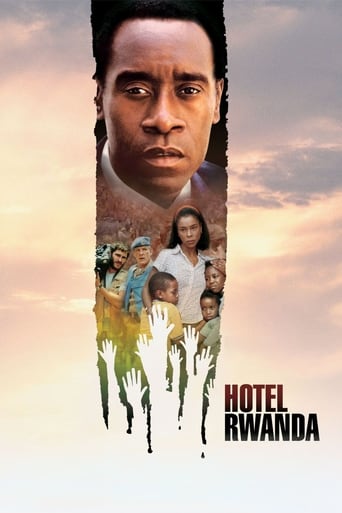
Reviews
Good start, but then it gets ruined
A Masterpiece!
This film is so real. It treats its characters with so much care and sensitivity.
Watching it is like watching the spectacle of a class clown at their best: you laugh at their jokes, instigate their defiance, and "ooooh" when they get in trouble.
Here is a talented cast of mostly TV people and a good Chandler Novel, The Sister's sort of out of place in the 1969 era of movies. People did not go to the theater to see this one. Bruce Lee's first screen role is basically the same as the film, both jump off the building together.I think the problem is the MGM film is so short that it does not have time to really put the novel into the script and create a true noir film. Garner's Marlowe would be okay if it had some more time to develop plot. This film comes off a 1960's assembly line of films that had plenty of recalls and only a few great films. There are small things about it to like. I mean fans of Ganer, Moreno, and O'Connor should be happy to see them in this and even Lee does get a few lines that are decent in a way too short role.What is interesting is the ending. It's like have a shooting and suicide at a strip club which is only vaguely referred to in the film, get the shooting over. Then have Marlowe (Garner) who barely gets out of the way of the shooting, leave in his car.It's almost like MGM just wanted out of the film, and just ended it abruptly.
MARLOWE is a curious case of contemporizing a '40s hard-boiled icon into '60s mod style (hotel rooms are pads, cops are fuzz, you get the gist). Some of it works, some doesn't. The story's nothing special, but the casting is the movie's real sales pitch. William Daniels and Carroll O'Connor are highlights, and Bruce Lee's bit part makes a novel entrance from out of nowhere. Let's not forget the gorgeous Rita Moreno.It's James Garner who ably carries the movie on his shoulders, and turns out to be a great Philip Marlowe. He can play tough, he's at ease with the wisecracks, and fits this movie's time period. I really do like his performance, and I wish he'd gotten to play the role again in another entry ... preferably with a tighter story.6/10
Marlowe is hired by a little sister to find her missing brother, leading Marlowe into a thicket of crime in the upper-reaches of LA.The script's an adaptation of a Raymond Chandler novel, which means a convoluted plot, to say the least. But it's not the story that's the attraction, at least for me. Instead, it's the many entertaining touches. Of course, there's Bruce Lee redecorating Marlowe's office with his feet, coming at a time when karate was still an exotic import. That bit of business catches everyone's eye.But note Marlowe's incriminating little tete-a-tete with Orpha-Mae in the train station's snack bar. Now, director Bogart could have made it just a conventionally staged conversation. But he doesn't. Instead, he sticks a bystander between the two, who can't help but eavesdrop on the gruesome tale of murder that's being discussed. Note the bystander's low-key reactions. They're hilarious. She's just trying to eat her lunch and here she is in the middle of details to a killing, whether she likes it or not. Thus, a moment of exposition is expanded into an amusing bit of by-play. Or, on a different note, catch Marlowe entering an office, where it's not a conventional entrance. Instead, it's an office girl's shapely rear end that confronts Marlowe and us as he enters. In fact, the staging is both colorful and inventive throughout. It's a tribute, I think, to director Bogart, who's been elevated from the ranks of TV directors, and proves his stuff. Anyway, if you have trouble figuring out who did what to whom, don't feel alone. From what I read, Chandler didn't like tidy plots since reality itself doesn't come pre-packaged, or some such. So keep a scorecard handy. But streamlined or not, the movie's still an entertaining eyeful.
James Garner is a likable guy and professional actor. On screen he's quiet, capable, but subject to surprise. That's kind of a problem here because Raymond Chandler's stories depend so heavily on the character of Philip Marlowe -- and Marlowe has to be interesting rather than merely likable. Dick Powell was a zesty hard-boiled Marlowe in "Murder My Sweet." Humphrey Bogart was a cynical and tough Marlowe in "The Big Sleep." Robert Mitchum brought an air of ontological Angst to Marlowe in "Farewell My Lovely." Garner's Marlowe is no more colorful than Jim Rockford or Perry Mason or Jessica Fletcher. Garner's Marlowe doesn't clear the bar set by "Columbo."The story begins interestingly enough with a couple of ice pick murders but soon turns anfractuous. Great names though: Mavis Wald, Orfamay Quest, Sonny Steelgrave, Oliver Hady. I haven't read the Chandler story but if those names didn't emerge from the print version they should have.The plot itself is of little consequence. As usual the unraveling of the mystery brings Marlowe into contact with an assortment of slightly odd characters. We've seen most of them before -- the irritated police, the dame with money, class, and the fortificate tongue. Gayle Hunnicut, with that nose that belongs on a carved cameo profile, looks as if she could easily have all that and many other virtues as well. At one point, Bruce Lee shows up and demolishes Marlowe's office with his feet and elbows, just to demonstrate his martial arts prowess. Later, he goes a step too far. I admit to a certain confusion somewhere in the middle of this thing. I happen to be on a voyage of self discovery and the one certain thing I've discovered is that, as you age, you can't eat anything without nodding out afterward. Inevitably, the grape is followed by the coma. But it didn't prevent me from an appreciation of Gayle Hunnicut's nose -- or Rita Moreno all over. Kenneth Tobey is fine as a cop. He's the Air Force captain in "The Thing From Another World." Over the next 15 or 20 years he began to look, not just older, but wrecked, and he's great. Catch him as the seedy union leader smoking pinched cigarettes in "The Candidate."The failure of this movie isn't all Garner's fault. Okay, so his range is limited and he lacks flamboyance. But so do almost all the other elements of the movie. The Los Angeles we see looks like the Los Angeles of any made-for-TV movie. The locations are dull and the lighting is flat. "Dragnet" had more local color and I won't even mention "L. A. Confidential," which had a genuine sense of place. The set dressing is unimaginative. Take Marlowe's office. THIS isn't Marlowe's office, dark, with a neon sign blinking on and off somewhere outside. It looks like a set hastily constructed on a sound stage. An exception is the interior of the Bradbury Building, which is familiar and looks much as it did in "Wolf", "Double Indemnity", and several other flicks. The Bradbury Building IS Los Angeles. I almost sobbed when I saw it.Maybe one of the killer mistakes made by the people behind this effort, especially the writer, Sterling Silliphant, was deciding to leave out any narration by Marlowe, because that's where Raymond Chandler's unforgettable charm lay. "Her hair was the color of gold in old painting." Here, her hair is just blond and puffy.

